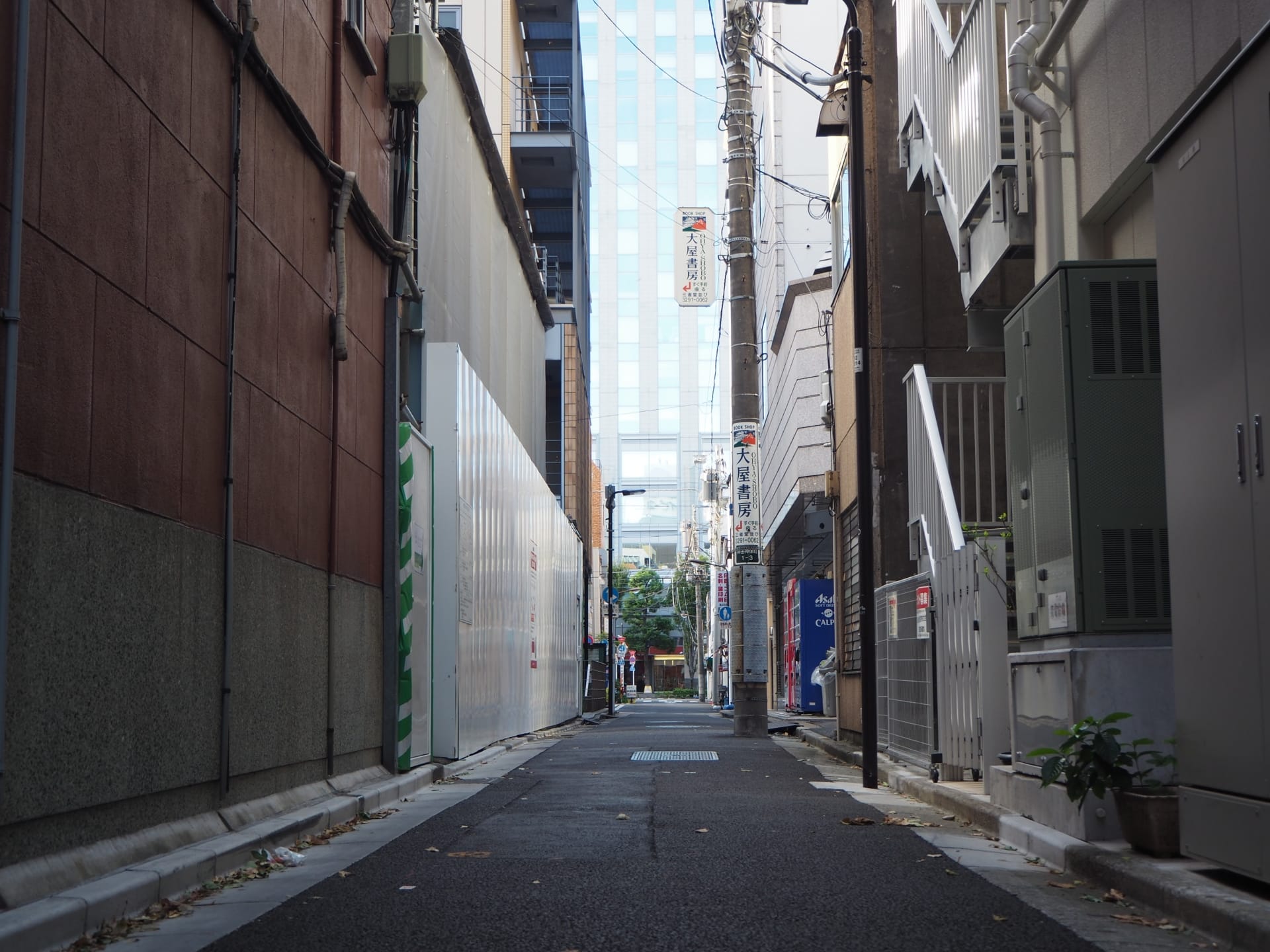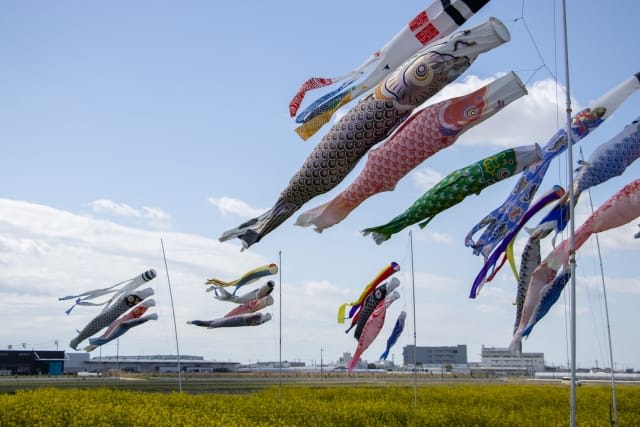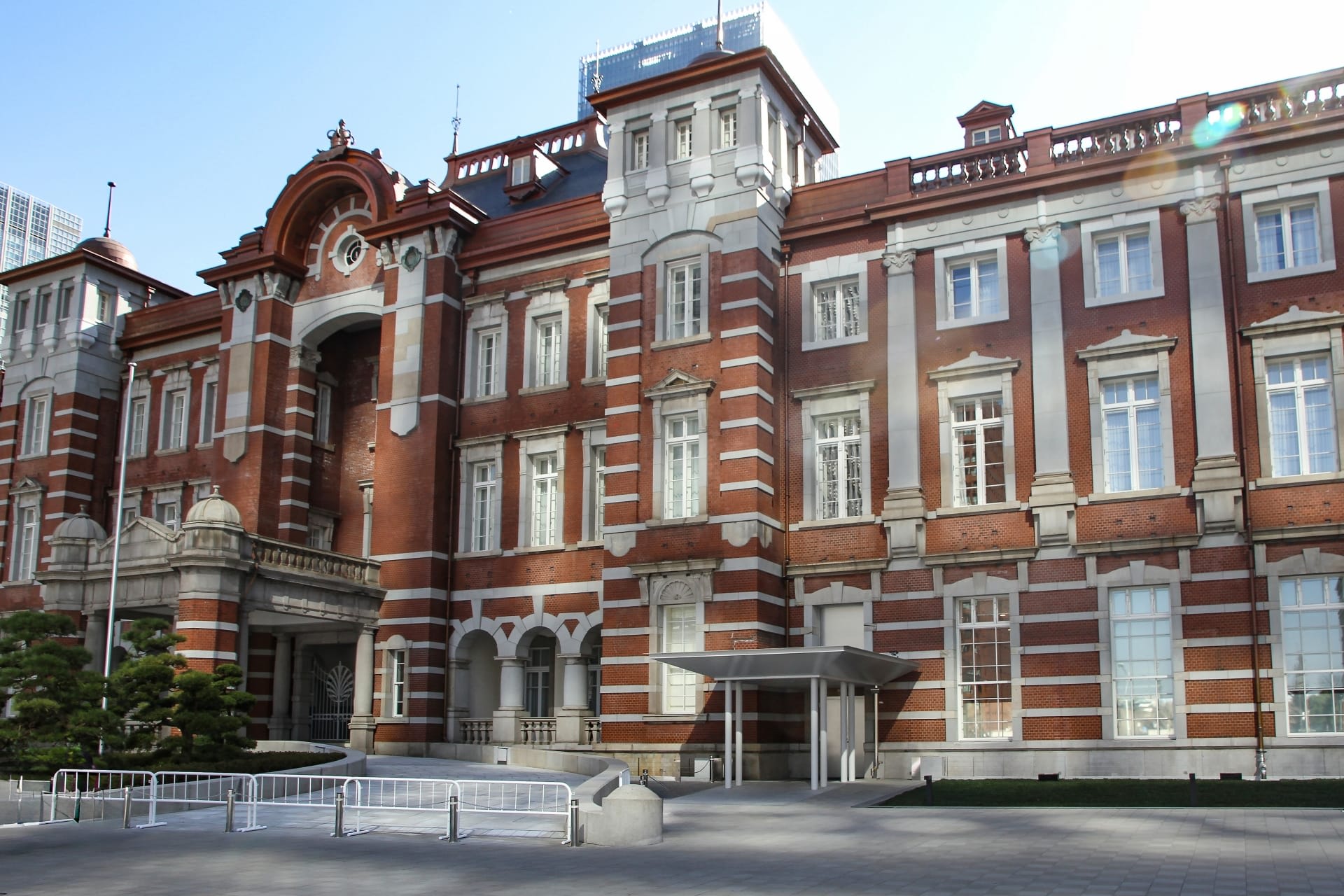Discover the Hidden Gems of Kanda, Jinbocho, and Ochanomizu: A Guide for Foreign Tourists
The Kanda, Jinbocho, and Ochanomizu areas, located in the heart of Tokyo, are charming neighborhoods where the atmosphere of the old shitamachi (downtown) harmonizes beautifully with modern urban functions. With Japan's largest used bookstore district, historic shrines and temples, and vibrant student areas, these places offer a unique appeal that's different from the typical tourist spots.
In recent years, the cityscape has been changing significantly due to redevelopment, and it's a bit sad to see the old atmosphere gradually disappearing. However, the history and culture of Edo and Tokyo still breathe in many parts of the area.
For tourists, it might seem a bit plain at first compared to the bustling Akihabara or Marunouchi. However, by searching for hidden gems in used bookstores, taking a break in long-established cafes, or experiencing traditional Japanese culture at Kanda Myojin Shrine, you can discover the deep charm unique to these areas through a leisurely stroll.
In this article, I'll explain the appeal of the Kanda, Jinbocho, and Ochanomizu areas, drawing from my own experiences.
Table of Contents
・The Charm of Kanda, Jinbocho, and Ochanomizu Areas
・Attractions in Kanda Area
・The Appeal of Jinbocho
・Highlights of Ochanomizu
・Model Course for Sightseeing
・Areas to Visit Along with Kanda, Jinbocho, and Ochanomizu
・Frequently Asked Questions
・Transportation Access
The Charm of Kanda, Jinbocho, and Ochanomizu Areas
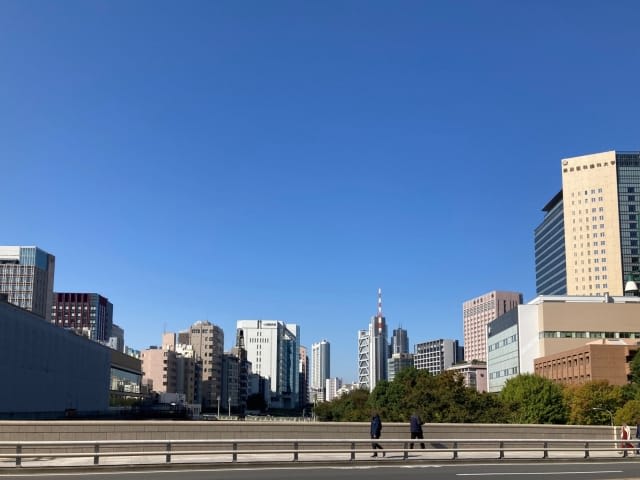
The greatest charm of this area lies in its accessibility and diversity. While located in the center of Tokyo, it retains the warm atmosphere of the shitamachi.
From my experience of walking through this area many times, I can say that having Japan's largest used bookstore district is also a significant feature. Known as a student town, it's also notable for the remarkable coexistence of historical buildings and modern facilities. Especially in the evening, the sight of businessmen returning from work and university students mingling is a unique scene in this area.
Attractions in Kanda Area
The Kanda area is full of attractive spots where tradition and modernity intersect. When I first visited this area, guided by a local friend, I was amazed by its diverse faces.
Kanda Myojin Shrine
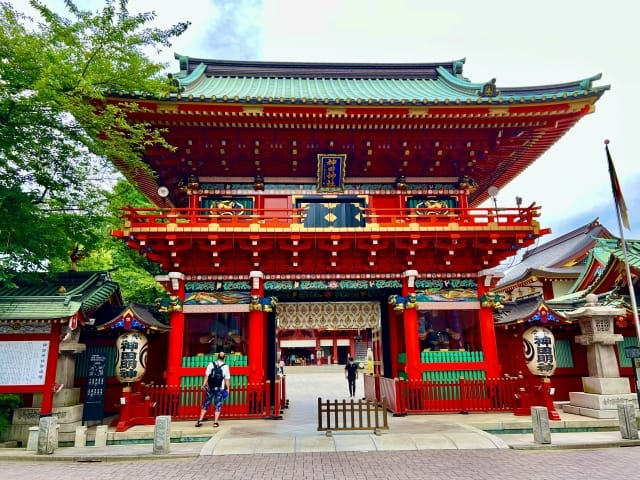
Kanda Myojin Shrine, boasting a 1300-year history, is a special place I always visit whenever I come to this area. Known as the stage for the "Kanda Festival," one of the three great Edo festivals, you can witness magnificent mikoshi (portable shrines) parading through the streets with energetic chants, especially during the festival period in May.
Recently, shrine seals (goshuin) and yukata experiences have also become popular. While many visitors come to pray for business prosperity, the subsidiary shrine dedicated to the god of matchmaking is also attracting attention, especially among young visitors.
Website: http://www.kandamyoujin.or.jp/
Kanda Used Bookstore District
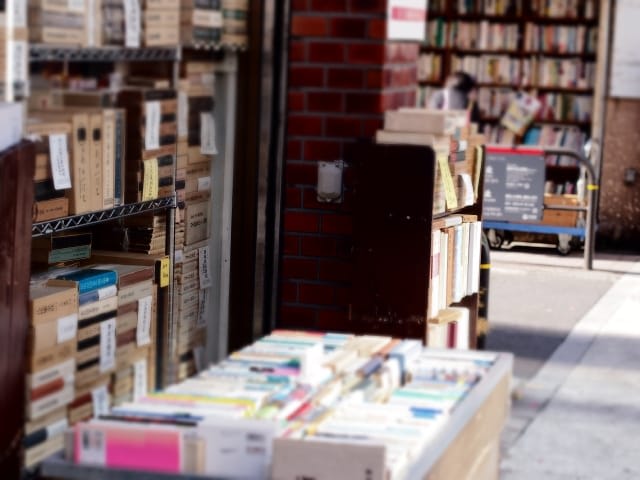
Known as Japan's largest used bookstore district, this area is home to over 100 used bookstores. What I particularly like is that you can find a wide range of books in one place, from new publications to rare old books.
There are also many stores that deal with foreign language books, making it enjoyable for tourists from overseas as well. On weekends, it's bustling with tourists and students enjoying bookstore hopping, creating a special space that stimulates intellectual curiosity.
Kanda Sports Equipment Street
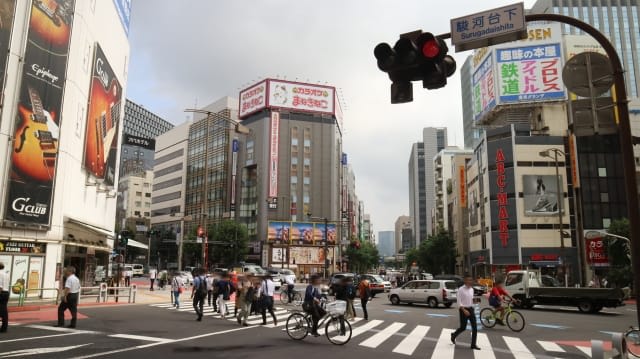
Known as a mecca for sports enthusiasts, the Kanda Sports Equipment Street is a place I've been frequenting since my student days. The selection of ski and snowboard equipment is particularly impressive, and many people visit before the season starts.
From long-established stores to the latest niche shops, there's a diverse range of stores, and the staff at each store have extensive knowledge and experience. Professional tuning services are also available, catering to a wide range of customers from professional athletes to beginners.
The Appeal of Jinbocho
What I find particularly attractive about Jinbocho is the unique dining district that spreads behind the used bookstore area. The streets, filled with the aroma of curry and the fragrant smell of coffee, are always bustling with people.
Curry Street
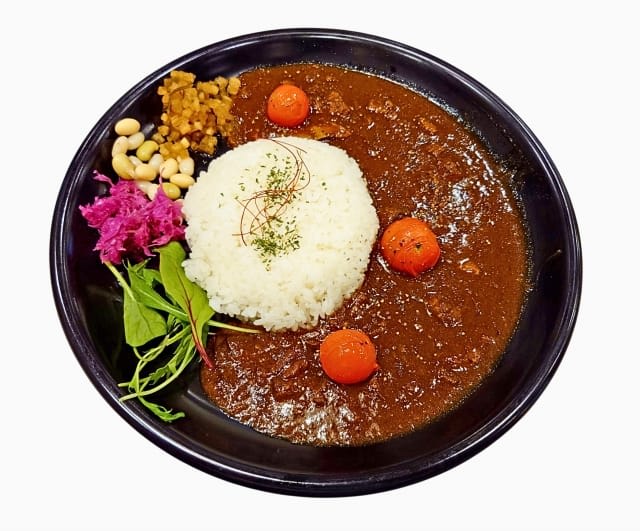
Jinbocho's Curry Street, famous nationwide as the venue for the "Kanda Curry Grand Prix," is lined with unique, renowned restaurants.
At long-established shops that I often visit, such as "Ethiopia" and "Kyoeido," you can enjoy a diverse range of flavors from authentic spicy curries to Japanese-style curries.
As a mecca for curry enthusiasts, it attracts tourists from all over the country and is extremely popular as a dining spot between bookstore visits.
Cafe Culture
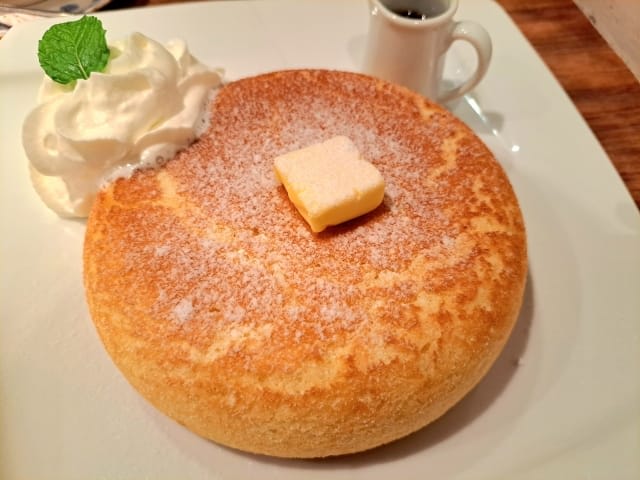
The cafe culture in Jinbocho is one of the elements I'm particularly fond of. The coffee culture in this area runs deep, with numerous long-established cafes exuding a retro atmosphere.
In these shops, which have long been favored as havens for literary figures and students, you can spend quiet time enjoying delicious coffee. Recently, book cafes that blend books with coffee have also increased, creating new attractions.
Many shops also offer extensive morning services and unique specialty menus, allowing for various enjoyment from morning to night.
Highlights of Ochanomizu
The Ochanomizu area is a special place for me where history and culture breathe deeply. It's brimming with diverse attractions, from buildings that convey the history of its prosperity as an academic town to the musical instrument store street known as the city of music.
Yushima Seido
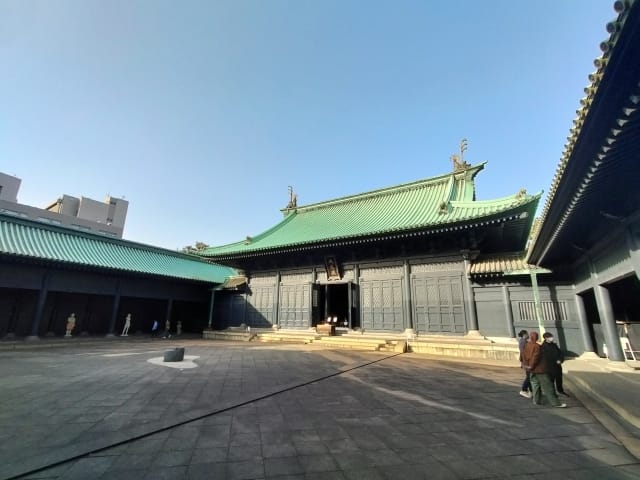
Yushima Seido, known as the headquarters of Confucian studies, is a historical building standing on the site of the "Shoheizaka School," an educational institution from the Edo period. What particularly impresses me is the solemn atmosphere of the "Taiseiden" hall, where Confucius is enshrined and can be visited.
The garden, where flowers bloom in every season, is also a highlight. In spring, plum blossoms scent the air, and in autumn, the foliage is beautiful, creating a quiet space that makes you forget the hustle and bustle of the city.
Website: http://www.seido.or.jp/
Nikolai-do
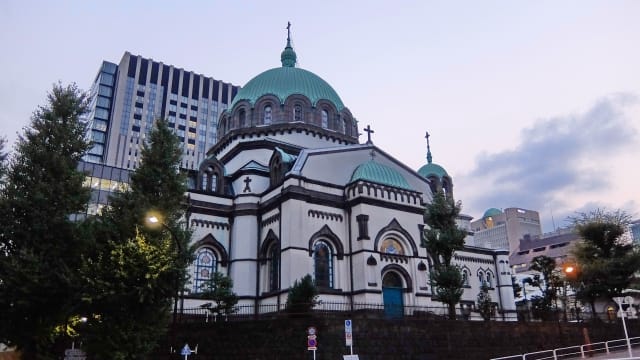
Built in 1891, Nikolai-do is famous for its beautiful Eastern Orthodox church architecture. I remember being overwhelmed by its majestic Russian-style exterior when I first visited this building.
Designated as a Tangible Cultural Property of Tokyo, this structure also has remarkable interior decorations and religious paintings, allowing visitors to experience an exotic atmosphere. The silhouette of the building at dusk is breathtakingly beautiful, attracting many photography enthusiasts.
Website: https://nikolaido.org/
Musical Instrument Store Street

Ochanomizu's musical instrument store street is known as a mecca for music lovers. Instrument shops with an impressively wide range of products from classical to popular instruments are gathered here, and I often visit to look at instruments.
There are also shops dealing in used instruments and rare instruments, where you might find hidden gems. Many stores allow you to try out instruments, and with music schools and practice studios nearby, it truly is the center of music culture. On weekends, music enthusiasts from all over the world visit, and you can enjoy the lively atmosphere.
Model Course for Sightseeing
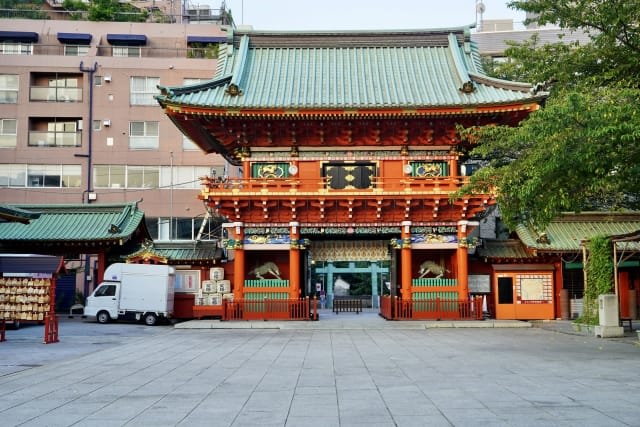
I'll introduce a model course that I often use when guiding my foreign friends.
First, I recommend visiting Kanda Myojin Shrine early in the morning. After praying in the fresh morning air, head to the used bookstore district in Jinbocho. Many bookstores open in the morning, allowing you to enjoy book hunting at a leisurely pace.
For lunch, try a curry restaurant in Jinbocho. In the afternoon, visit Yushima Seido and experience Japanese history and culture in its quiet garden.
In the evening, I recommend taking a stroll along the Kanda River. This is a course I often walk myself, where you can enjoy the scenery created by the setting sun reflected on the river surface and the surrounding buildings, discovering a new face of Tokyo.
Areas to Visit Along with Kanda, Jinbocho, and Ochanomizu
There are more attractive tourist spots scattered around this area. Due to the convenient transportation, I'll introduce areas that are easy to incorporate into a one-day sightseeing plan.
Akihabara
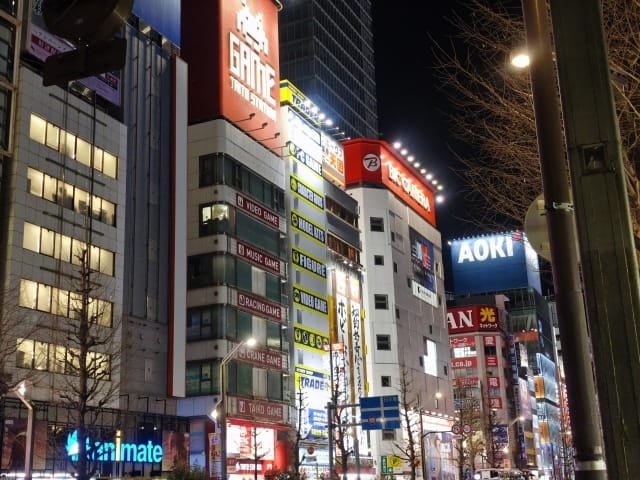
Akihabara is a world-famous electronics district and a mecca for anime and game enthusiasts, attracting many tourists. When I guide my overseas friends, the anime goods shops with their abundant selection of figures and cosplay items are especially popular. There are also many pop culture experience spots like maid cafes and anime cafes, where you can fully enjoy Japanese subculture.
Tax-free shopping at large electronics stores is also popular, where you can get the latest electronic products. The commercial facilities in front of the station allow you to enjoy shopping and gourmet food simultaneously. For those who want to tour efficiently, I recommend MagicalTrip's Akihabara Anime & Gaming Adventure Tour.
Tokyo Station and Marunouchi
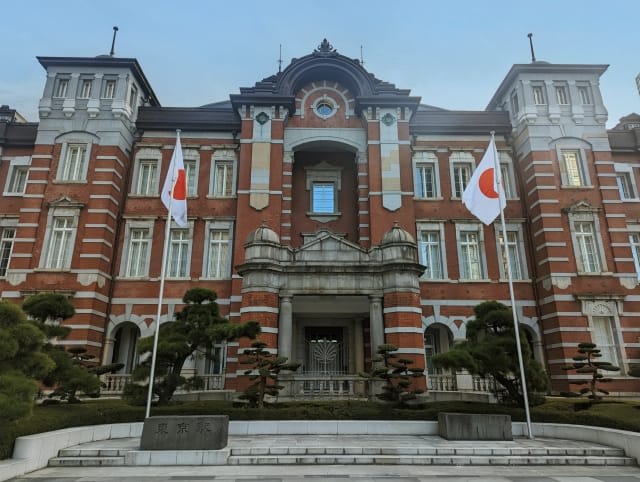
The Tokyo Station and Marunouchi area is the center of Japan's economy and an area I'm particularly fond of. The Marunouchi Station Building of Tokyo Station, designated as an Important Cultural Property, is impressive with its majestic red brick architecture and has become a popular photo spot for many tourists. At Tokyo Station's First Avenue, you can purchase station-limited products and famous ekiben (station boxed lunches) from all over Japan, enjoying shopping.
The office district of Marunouchi is lined with high-end boutiques and restaurants, bustling with businesspeople and tourists. Commercial facilities like KITTE offer a wide range of shopping experiences, from shops that have continued since the Edo period to the latest trend products. Also, walking or running in the Imperial Palace Outer Gardens is popular as an oasis in the city.
Ueno

Ueno is an area where culture and shitamachi atmosphere harmonize beautifully. I often visit Ueno Park on weekends, where national museums and art galleries are scattered, allowing you to experience Japanese art and history. At Ameyoko Shopping Street, you can enjoy shopping in a lively atmosphere and taste delicious authentic street food.
At Ueno Zoo, you can see the popular giant pandas, and there are also traditional temples and shrines and shopping streets that retain the shitamachi atmosphere. It's known as a cherry blossom viewing spot in spring, and various art events are also held. For those who want to tour efficiently, I recommend MagicalTrip's All-You-Can-Drink Bar Hopping Tour in Ueno.
Frequently Asked Questions
I'll answer some common questions from foreign tourists based on my experience and knowledge.
Is the Kanda, Jinbocho, and Ochanomizu Area Safe?
From my experience of living in this area for many years, I can tell you that it's a very safe area. There are many 24-hour convenience stores, and there's always foot traffic even at night. Also, police boxes are located around the stations, enabling quick response in case of emergencies.
Foreign tourists can enjoy walking around the area with peace of mind. However, as with other tourist areas, basic precautions such as managing valuables are necessary.
Can I Buy English Books in the Used Bookstore District?
There are multiple stores in the Jinbocho used bookstore district that deal with English books, including some specialized foreign book stores. In my favorite shops, you can find rare English old books and English translations of Japanese manga and novels. Many store staff are familiar with the inventory of English books and will kindly guide you to stores that have the book you're looking for.
When Is the Kanda Festival Held?
The Kanda Festival is a traditional festival known as one of the three great Edo festivals. It's held every two years, on the weekend in mid-May of odd-numbered years, with the next one scheduled for May 2025.
It's a festival I look forward to every time. During the period, you can experience a lively atmosphere with the parade of powerful mikoshi and gorgeous floats. You can check the detailed schedule on the official website of Kanda Myojin Shrine, and I recommend making accommodation reservations early.
Transportation Access
The Kanda, Jinbocho, and Ochanomizu area is a highly convenient location where Tokyo's major transportation networks converge.
From JR Kanda Station, you can use the Yamanote Line and Keihin-Tohoku Line. From Tokyo Metro Jinbocho Station, you can access the Hanzomon Line, Shinjuku Line, and Mita Line. From Tokyo Metro Ochanomizu Station, the Chiyoda Line is available.
Also, at JR Ochanomizu Station, the Chuo Line and Sobu Line stop, and you can use the Toei Shinjuku Line's Ogawamachi Station. From my experience, whichever station you use, access to major tourist spots is easy, making it an ideal area as a base for sightseeing.
The Kanda, Jinbocho, and Ochanomizu area is a special place where Tokyo's history and culture are condensed. From my experience of spending time in this area, I'm confident that it's a place where you can discover various charms, from searching for books in the used bookstore district to spending time in long-established cafes and praying at historical shrines and temples.
I hope tourists will take their time to enjoy walking around the area. By doing so, you're sure to encounter the deep charm of Tokyo that's different from the bustling tourist spots.
